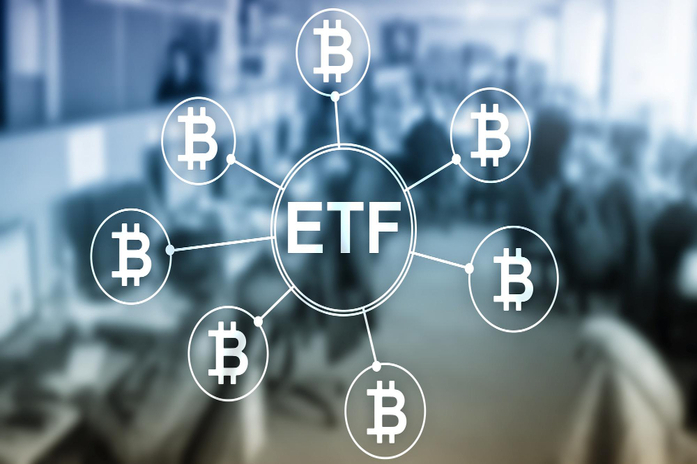Crypto Flash Crash Deepens: Is It a Dead-Cat Bounce?
This post was originally published on this site

The crypto flash crash resumed on Aug. 25, erasing much of the market’s weekend gains. Bitcoin (BTC) and Ethereum (ETH) plunged as liquidations surged and bearish technical patterns emerged, raising fears that the recent rally may have been a dead-cat bounce.
Crypto Flash Crash: Market Overview
After Federal Reserve Chair Jerome Powell’s dovish remarks at Jackson Hole sparked optimism last week, cryptocurrencies rallied. However, Monday’s crypto flash crash wiped out much of those gains.
Bitcoin fell 1.9% to $111,400 from a weekend high of $117,000. Ethereum retreated 2.4% to $4,640, down from just under $5,000 resistance. The global cryptocurrency market cap dropped 2.9% to $3.86 trillion, down sharply from the year-to-date peak above $4.1 trillion.
Other altcoins also suffered: Dogecoin (DOGE) declined 5.78%, Solana (SOL) dropped 4.72%, and Chainlink (LINK) slid 4.8%, reflecting broad selling pressure.
Surging Liquidations Trigger Crypto Flash Crash
One primary factor fueling the crypto flash crash is a spike in leveraged trade liquidations. Data from CoinGlass revealed liquidations surged 390% to $845 million over 24 hours, impacting more than 166,000 traders.
Ethereum bulls bore the brunt, with $304 million in liquidations, while Bitcoin traders saw $272 million wiped out. Dogecoin, Solana, and Chainlink also experienced heavy leveraged trade closures.
Liquidations occur when exchanges forcibly close leveraged positions to limit further losses. A wave of bullish liquidations often intensifies selling, creating a cascading effect on prices.
Simultaneously, the crypto derivatives market showed an 11.7% rise in futures open interest to over $1 trillion, alongside a 17% jump in the weighted funding rate. This combination triggered a long squeeze, exacerbating downward momentum.
Dead-Cat Bounce: A Bearish Trap?
Another reason analysts cite for the crypto flash crash is that the weekend surge may have been a dead-cat bounce (DCB). A DCB describes a temporary recovery in a broader downtrend, often luring traders into a bullish trap before prices resume falling.
Technical charts support this thesis. Bitcoin’s weekly chart shows a bearish rising wedge pattern connecting highs since March and lows since August of last year. With the wedge nearing its convergence point, odds of a downside breakout have increased.
BTC has also formed a double-top pattern around $123,500 and a bearish divergence, with indicators like the Relative Strength Index (RSI) and MACD trending lower despite recent rallies.
What’s Next for the Crypto Market?
The ongoing crypto flash crash underscores the volatile nature of digital assets, particularly in periods of high leverage and uncertain macroeconomic signals. While Powell’s remarks initially fueled optimism, broader market sentiment remains cautious.
If Bitcoin fails to hold key support levels near $110,000, analysts warn further downside is possible. Ethereum also faces risk if it fails to reclaim $5,000 with strong volume.
However, some bullish traders see the pullback as healthy profit-taking after an extended rally. Longer-term fundamentals like growing institutional adoption and blockchain innovation remain intact.
Conclusion: How to Navigate the Crypto Flash Crash
For investors, the crypto flash crash highlights the importance of risk management and avoiding excessive leverage. While the recent plunge raises concerns about a dead-cat bounce, it also offers opportunities for long-term buyers if support levels hold.
Monitoring liquidation data, derivatives market trends, and technical chart patterns will be critical in determining whether the market stabilizes or faces deeper corrections. As always, volatility remains a hallmark of crypto investing, making discipline essential for navigating the next market move.
Bottom line: The crypto flash crash has rattled traders, but it may also reset the market for healthier gains ahead if leveraged excesses unwind and fundamentals reassert themselves.
Featured Image: Freepik















